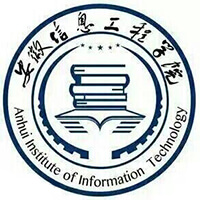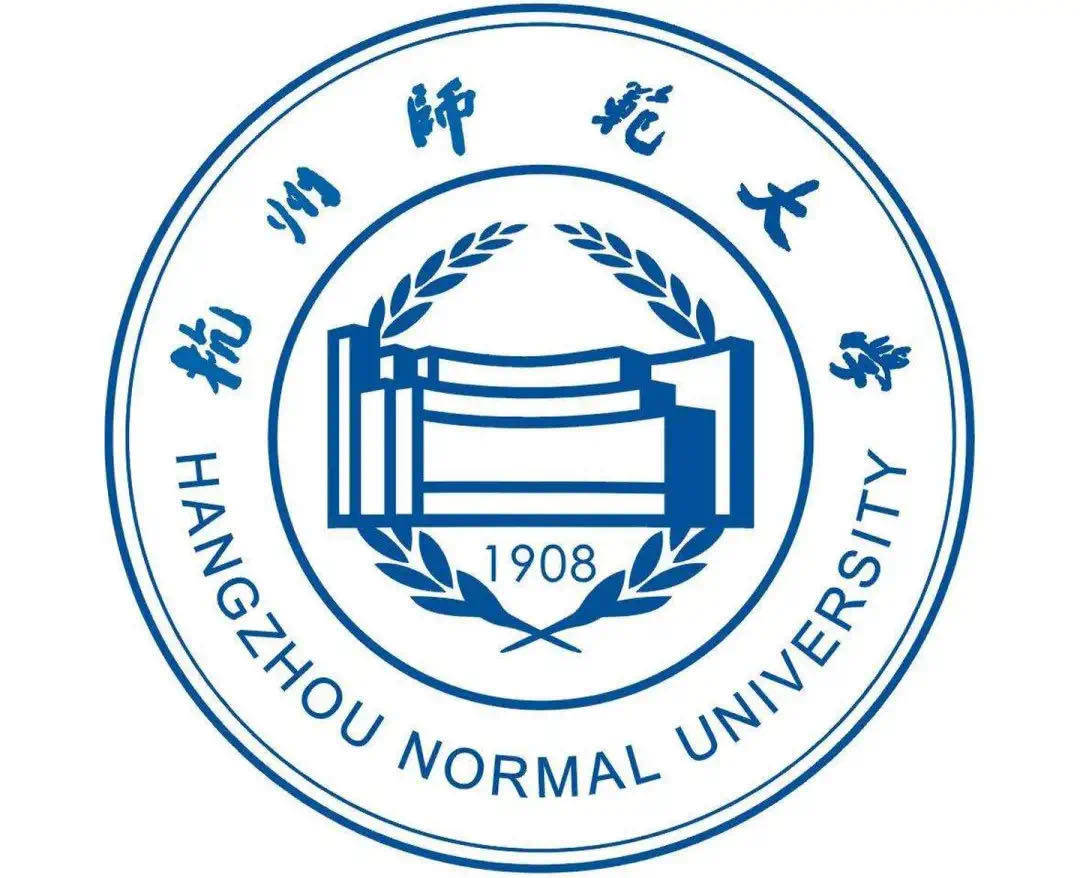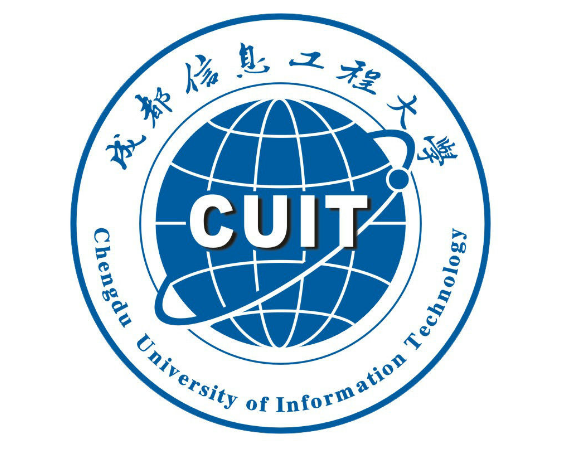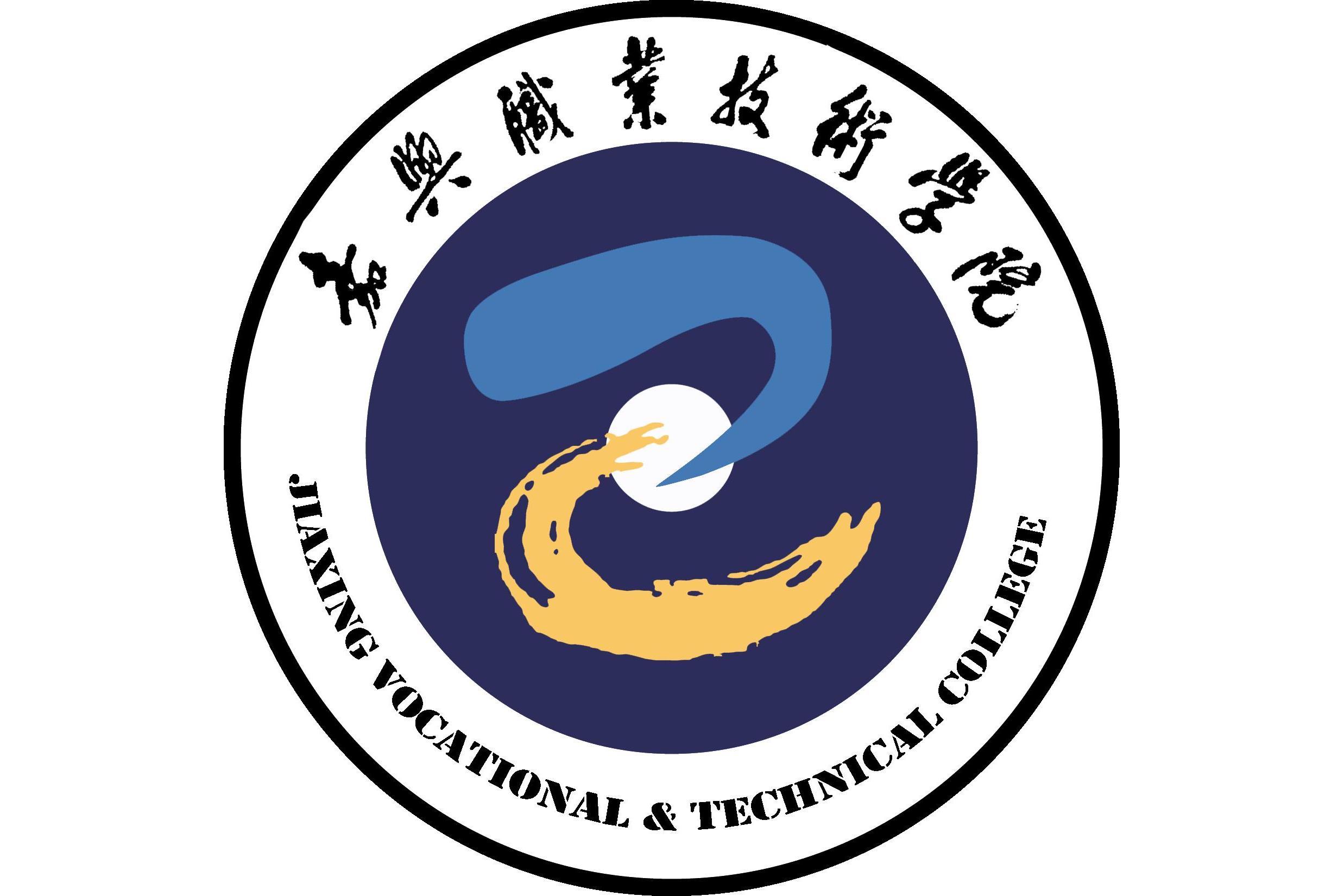严正声明
近期,有作者向组委会反映:有个人或机构冒用本会议名义,通过伪造网站、邮件、社交平台等渠道发布虚假征稿信息并违规收费,严重侵害会议声誉及参会者权益。现声明:本会议唯一官方网址为https://www.iccsce.cn,如遇可疑情况,请立即联系邮箱:ICCSCT2020@163.com,本会议将依法追究法律责任。请各界共同维护学术诚信,谨防受骗。

- 首页
- 中 / EN
Welcome Message
6th International Conference on Computer Science and Communication Technology (ICCSCT 2025) will be held in Wuhan, China during August 22-24, 2025.
Co-organized by Hangzhou Normal University, Jiaxing Vocational & Technical College and Hubei Zhongke Institute of Geology and Environment Technology, supported by Chengdu University of Information Technology and Key Laboratory of Control and Optimisation of Complex Systems, College of Hunan Province, ICCSCT2025 is aiming at bringing together innovative academicians and industrial experts in the field of Computer Science and Communication Technology to a common forum. The primary goal of the conference is to provide an academic platform on the communication of latest research and developmental activities in computer science and communication technology and promote scientific information interchange between researchers, developers, engineers, students, and practitioners working all around the world.
During the conference, there will be substantial time for presentations and discussion. In addition, poster sessions and exhibitions offer valuable opportunity for exchanging information among delegates and participants, especially for those who are looking for new opportunity between presenters and participants.
Committee of ICCSCT2025 continue to make an effort to hold ICCSCT conference successfully by working with the best editor and reviewer teams.
We look forward to seeing you at the Conference and also receiving your paper.
Submission link (投稿链接): https://www.zkhyfy.com/paper/create/2025ICCSCT.html
Please follow the template format (模板): (Download)
Publication
Accepted papers will be published as conference proceedings and submitted to SPIE DIGITAL LIBRARY and be indexed in EI Compendex, Scopus, etc.
![]()
Peer Review
All papers submitted will be incorporated with a rigorous double-blind review process by at least two competent reviewers.
Important Dates
Conference Date: August 22-24, 2025
Paper Submission DDL: June 23, 2025 (Third Round)
Contact
Alfred Zheng
ICCSCT Conference Secretary
WeChat/Tel: 13296636792
Email: ICCSCT2020@163.com
Submission
Please submit paper(s) through our online submission system. If the link doesn't work, please submit paper(s) to ICCSCT2020@163.com
Conference Organizer Conference Sponsor




Key Laboratory of Control and Optimisation of Complex Systems, College of Hunan Province
复杂系统的控制与优化湖南省高校重点实验室
The organizing committee welcomes scientific research personnel in all fields with a strong team, and creatively invite higher teaching institutions and scientific research institutions at home and abroad to become the co-organizers of the Conference.

